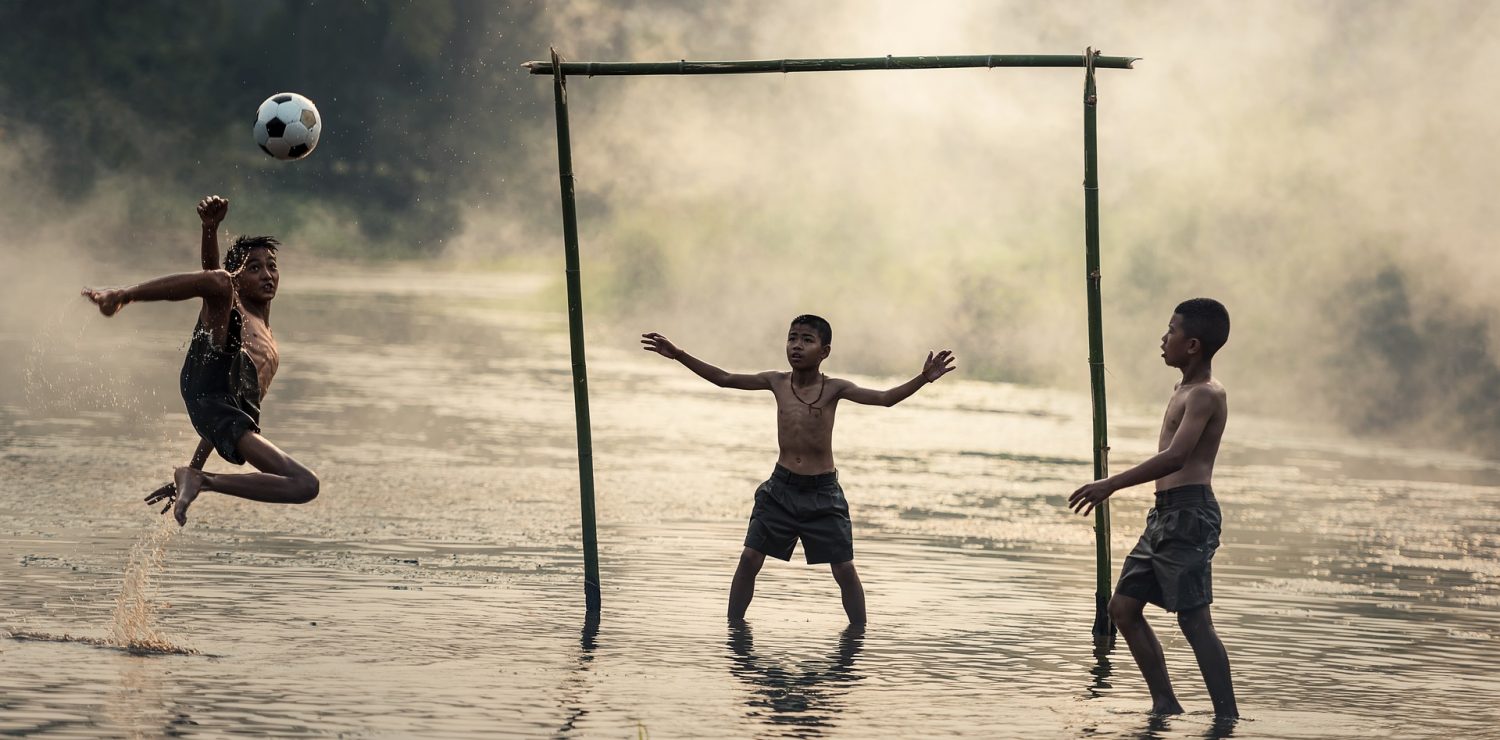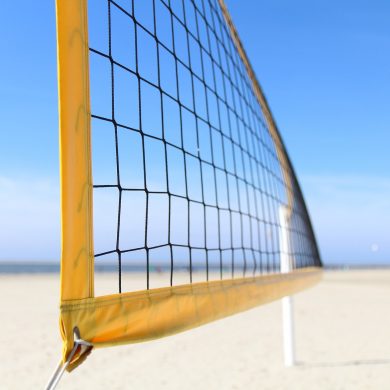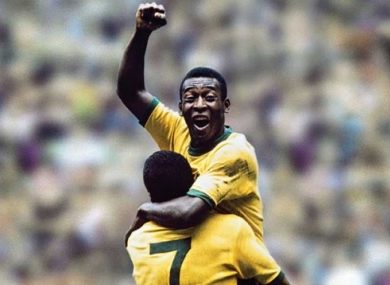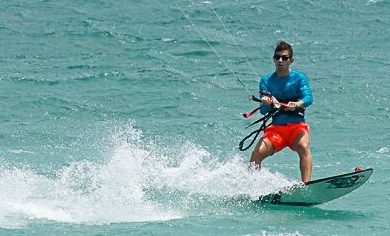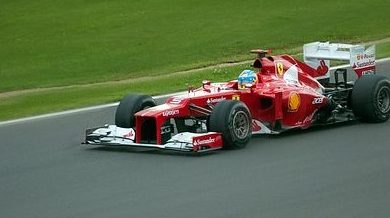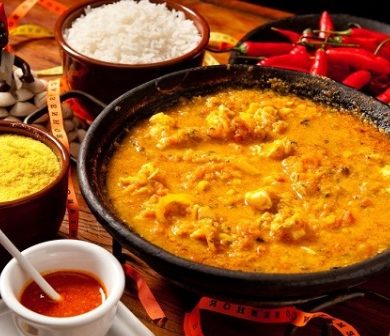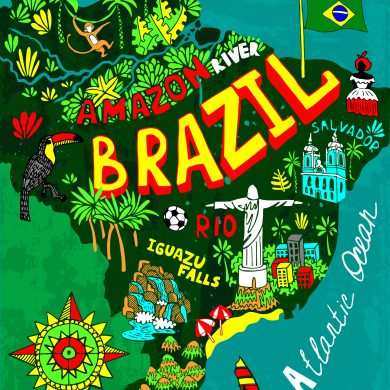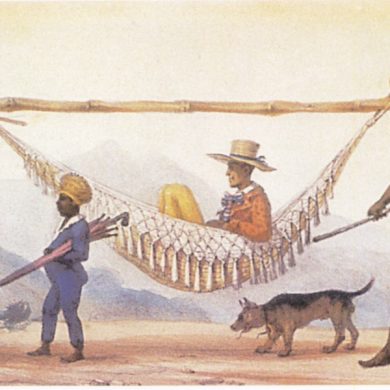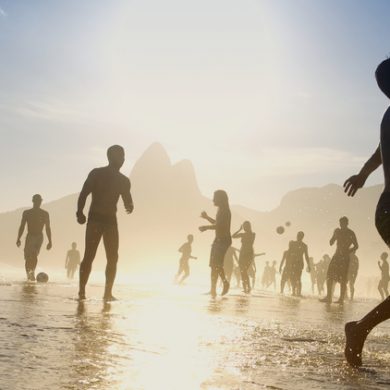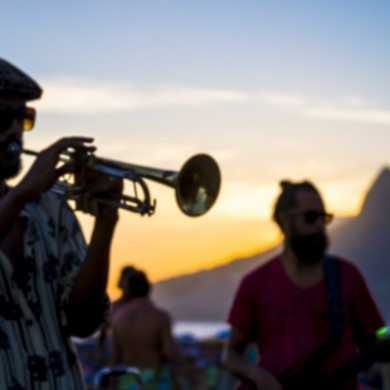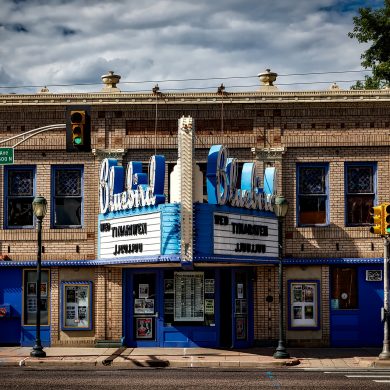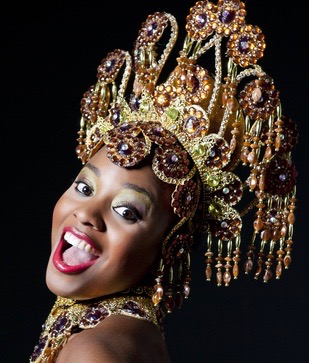Brazil can certainly be classified as a country that promotes the development of sport.
Sports, we should say! Because it would be very reductive to limit the Brazilians to one sport: Brazilians practice all kinds of sports and will warmly support and applaud their champions in stadiums, on beaches or circuits. But, without doubt, there is one which infects the entire nation, as an integral part of Brazilian culture, it leads the way from the most downtrodden favelas to the most luxurious neighborhoods.
Pick up the most popular sports in Brazil!
Discover our pages on sport in Brazil
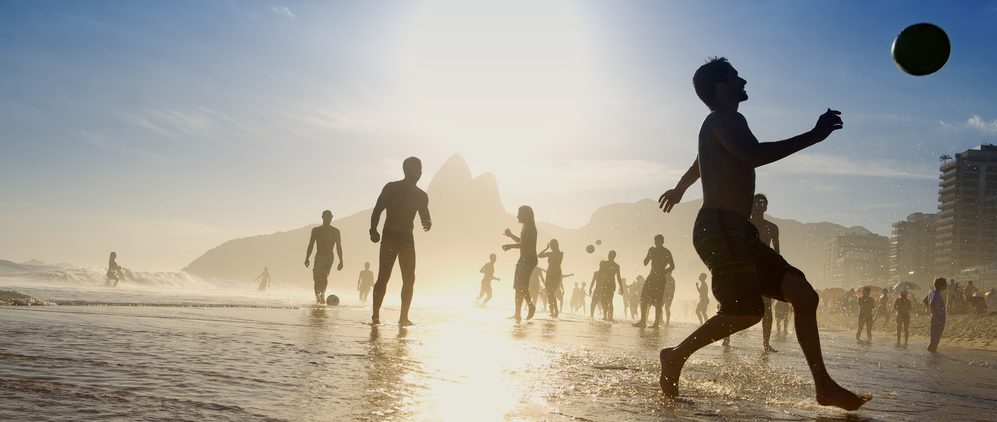
Football nation
The recent history of Brazil is intimately linked to this sport imported at the end of the 19th century by the British. Football has become immensely popular in this vast country since the thirties thanks to the rivalries between the biggest clubs, and the organization of the first World Cups for which Brazil would qualify for each edition, a world record!
Another record Brazil holds is that of the most World Cup victories holding five! With players who have become universal stars like Sócrates, Zico and Ronaldo, not to mention King Pelé, the country has become the living synonym for the number one sport in the World.
Football in Brazil is a kind of pagan religion that generates passions that can casually go beyond the limits of human reason. During the big games, the country stops and lives feverishly, whether in front of televisions for international meetings, or in mythical stadiums like the Maracanã of Rio or the Morumbi of São Paulo, where the party reaches levels unmatched anywhere in the world.

Kitesurf and Surf – storming the Brazilian coastline
Surfing, and in its wake kite surfing, are among the major sports in Brazil, after football, by the number of practitioners. With a coastline stretching thousands of kilometers from the far north to the far south, the country offers diverse and varied opportunities for amateurs, whether they are Brazilians or tourists.
Surfing (from the United States) was initially established on the beaches of Rio, but practitioners still looking for new spots soon discovered heavenly places to develop their skills on the board. Highlights like the Cacimba do Prade on the paradise island of Fernando de Noronha, a paradise for surfers and divers.
Kitesurf (from France) is much more recent and almost limited to the beaches of Nordeste. But these spots are so vast and blessed by the wind gods that the possibilities of being transported by the trade winds is infinite.
Learn more on our page dedicated to watersports in Brazil.
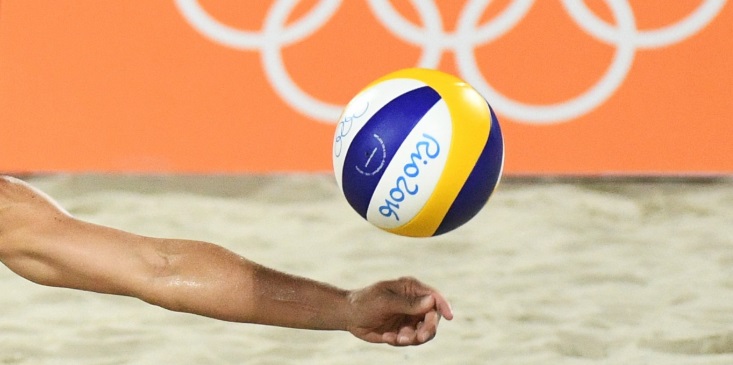
Volleyball and beach volleyball
Thanks to its many successes in the biggest international competitions, volleyball is one of the most popular team sports in Brazil. Decorated with multi world championships and three times winner at the Olympic Games, “the other” Seleção is not far from equal in popularity to his older sister of football.
Even if it was not born here, beach volleyball could only find a huge following in this country bordered three-quarters by beaches as vast and beautiful. Its competitions are followed with fervor and its practice, easy and inexpensive, is ultra-widespread. It should be noted that in Brazil, the beaches are as much places of physical exercise as of relaxation since one plays football, volleyball and surfs there. If you want to know more go to the Volleyball and Beach Volleyball in Brazil page!
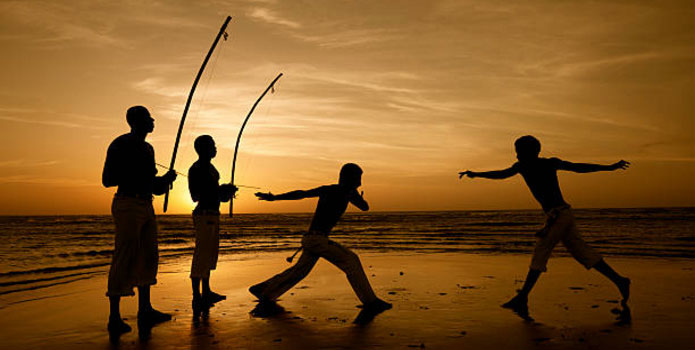
Capoeira, a cross between martial art and dance
On the peripheries of all the cities, it is a sport in Brazil which is not represented in competition but which has amassed a lot of followers, and which has largely overflowed beyond the borders of the country.
A sport, or art, extremely popular and practiced in the streets of large cities, Capoeira is a survival of fighting techniques and dances from Africa in the time of slaves. Naturally forbidden by the old colonists, this practice of struggle was disguised as folkloric dance to be able to develop all over the country. This explains the musical accompaniment of percussion and the famous berimbau, a rudimentary metal wire instrument.
Capoeira remains a ritual of confrontation and its violence can sometimes be confusing. But the beauty of its power transmitted via acrobatic figures “playing Capoeira” on a background of haunting music makes it one of the attractions to see in Brazil.
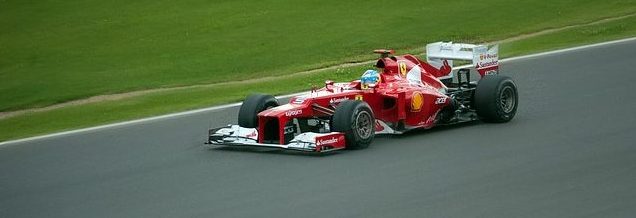
Formula 1: Motorsport madness!
In addition to football, a sport in Brazil that has its immortal legends adulated by overheated audiences: Formula 1. The passion for the premier category of motorsport is fairly recent since it only dates back to the early seventies. It made the country aware that it could shine on the international scene by the vector of a technological discipline previously not a feature of the so-called “emerging” countries.
Brazil has provided the world of motorsports with some of the greatest Formula 1 champions, starting with Fittipaldi, Piquet and Senna, some have become the most popular figures on the circuits of Europe, the Americas and Asia. The fervor and madness in the stands of the Interlagos or Jacarepaguá circuits reaches heights sometimes comparable to those experienced in the big football stadiums. To find out more, check out our page on the history of formula 1 in Brazil.
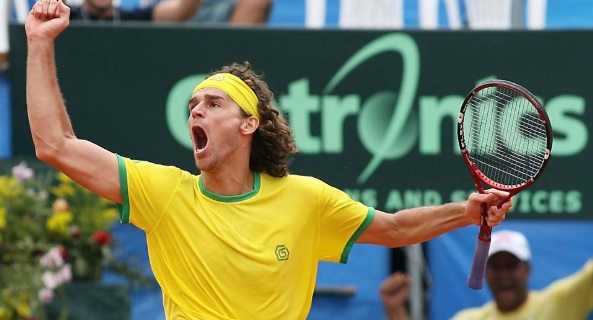
Tennis: Guga the beloved
The history of tennis in Brazil is typical of what these people can develop in terms of passionate love when quality characters bring a happiness they decide to bask in without restraint.
For a very long time, this sport practiced by the elite and the middle class did not have popular good-will, in fact it was far from it. Some champions like Kirmayr, Motta or Mattar tried to make their way into the world’s elite of the little yellow ball, but without much media coverage. Then came the kid from Florianopolis in the late nineties.
Thanks to his international victories, and especially his triple crown at Roland Garros in France, Gustavo Kuerten alone brought a whole people to follow him in this discipline unknown to the general public, much like Emerson had done well before him and Fittipaldi in Formula 1. In addition to his successes, “Guga” had going for him the fact that he was a boy eminently friendly, cool and generous. All that was needed to attract the votes of Brazilians!
